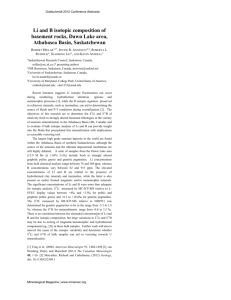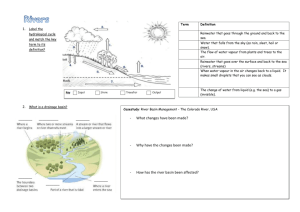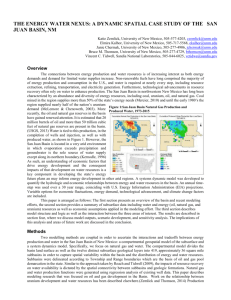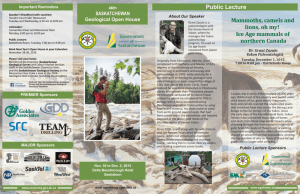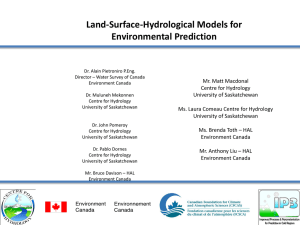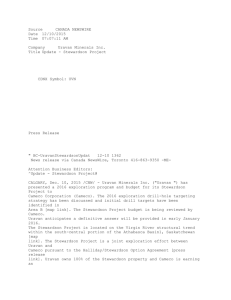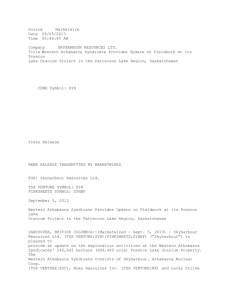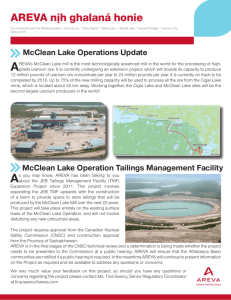Feltrin
advertisement
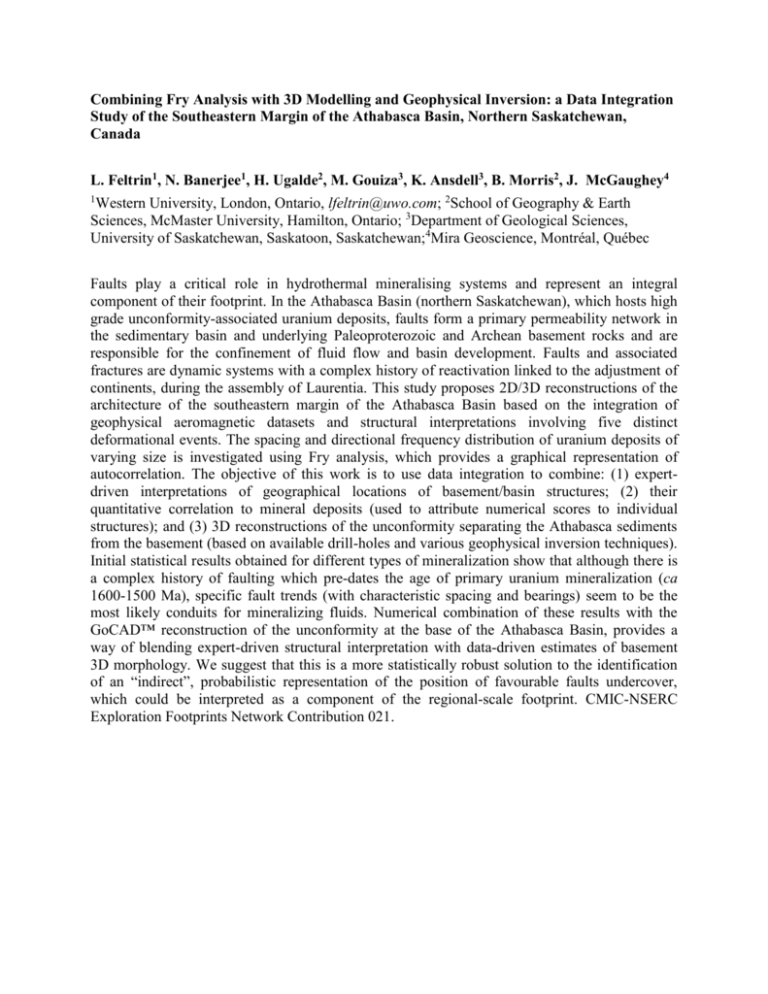
Combining Fry Analysis with 3D Modelling and Geophysical Inversion: a Data Integration Study of the Southeastern Margin of the Athabasca Basin, Northern Saskatchewan, Canada L. Feltrin1, N. Banerjee1, H. Ugalde2, M. Gouiza3, K. Ansdell3, B. Morris2, J. McGaughey4 1 Western University, London, Ontario, lfeltrin@uwo.com; 2School of Geography & Earth Sciences, McMaster University, Hamilton, Ontario; 3Department of Geological Sciences, University of Saskatchewan, Saskatoon, Saskatchewan;4Mira Geoscience, Montréal, Québec Faults play a critical role in hydrothermal mineralising systems and represent an integral component of their footprint. In the Athabasca Basin (northern Saskatchewan), which hosts high grade unconformity-associated uranium deposits, faults form a primary permeability network in the sedimentary basin and underlying Paleoproterozoic and Archean basement rocks and are responsible for the confinement of fluid flow and basin development. Faults and associated fractures are dynamic systems with a complex history of reactivation linked to the adjustment of continents, during the assembly of Laurentia. This study proposes 2D/3D reconstructions of the architecture of the southeastern margin of the Athabasca Basin based on the integration of geophysical aeromagnetic datasets and structural interpretations involving five distinct deformational events. The spacing and directional frequency distribution of uranium deposits of varying size is investigated using Fry analysis, which provides a graphical representation of autocorrelation. The objective of this work is to use data integration to combine: (1) expertdriven interpretations of geographical locations of basement/basin structures; (2) their quantitative correlation to mineral deposits (used to attribute numerical scores to individual structures); and (3) 3D reconstructions of the unconformity separating the Athabasca sediments from the basement (based on available drill-holes and various geophysical inversion techniques). Initial statistical results obtained for different types of mineralization show that although there is a complex history of faulting which pre-dates the age of primary uranium mineralization (ca 1600-1500 Ma), specific fault trends (with characteristic spacing and bearings) seem to be the most likely conduits for mineralizing fluids. Numerical combination of these results with the GoCAD™ reconstruction of the unconformity at the base of the Athabasca Basin, provides a way of blending expert-driven structural interpretation with data-driven estimates of basement 3D morphology. We suggest that this is a more statistically robust solution to the identification of an “indirect”, probabilistic representation of the position of favourable faults undercover, which could be interpreted as a component of the regional-scale footprint. CMIC-NSERC Exploration Footprints Network Contribution 021.
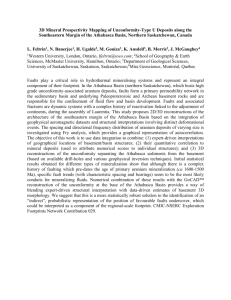
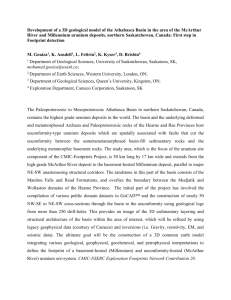
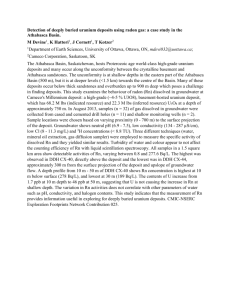
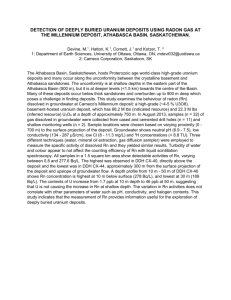

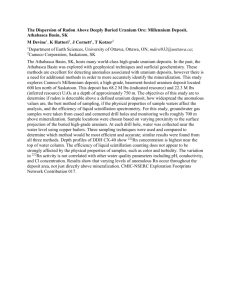
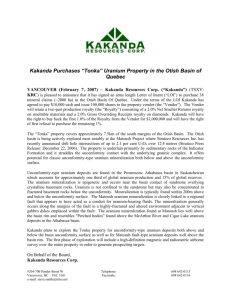
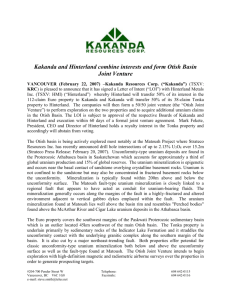

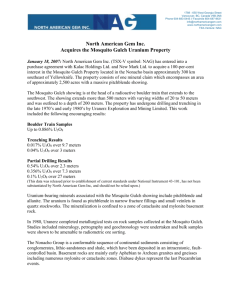

![Georgina Basin Factsheet [DOCX 1.4mb]](http://s3.studylib.net/store/data/006607361_1-8840af865700fceb4b28253415797ba7-300x300.png)

